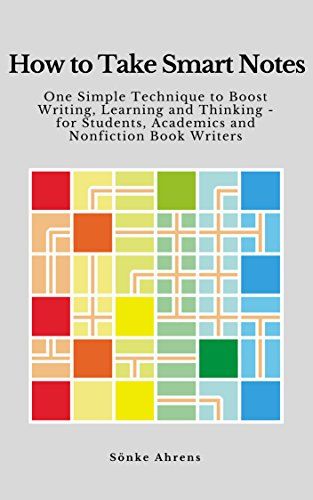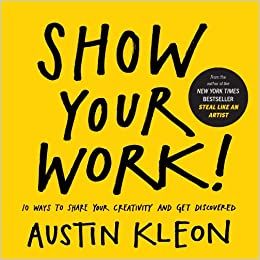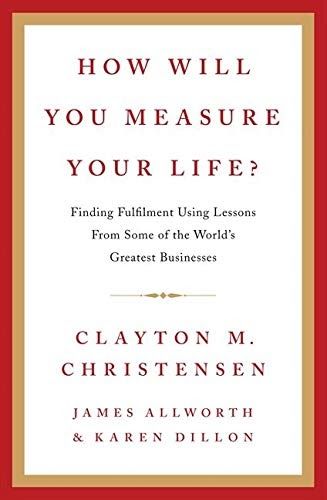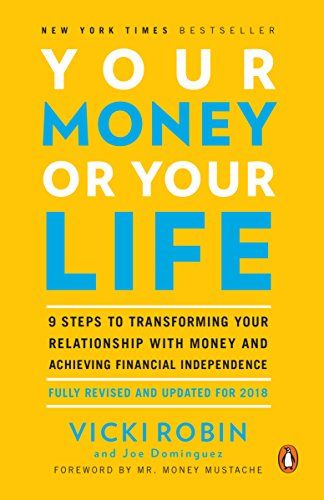Your cart is currently empty!
🎨 Impressions
This book has transformed my relationship with note-taking. I took copious notes while reading it, and everytime I review my highlights, I discover new nuggets.
I’d say it’s a must-read for anyone who reads a lot. If you don’t read much (books, articles etc), it’ll still be useful (because you definitely consume some sort of content).
If you’re a student, and all you care about is maximising your grades, it probably won’t be too relevant. But if you care about learning for its own sake, rather than to just pass the exam, then you’ll love it.
🍔 Actionable Takeaways
Most of the book is pretty actionable, but the main takeaway is the Zettelkasten (Slip-Box) method of note-taking.
- Take Literature Notes when reading. Highlight stuff and write down stuff that resonates with you. Try to take these notes in your own words. Yes, you might just be paraphrasing from the text for its own sake, but the extra effort is worth it.
- When you’ve finished a book, go through your Literature Notes and create Permanent Notes from them. Write exactly one note for each idea, and write as if you’re writing for someone else. Use full sentences, include references. Don’t just capture ideas, develop them, remix them, contradict them. Make Permanent Notes that are relevant to topics you’re working on, or subjects you care about.
- Add your Permanent Notes to your Slip-Box. File each one behind (or under) one or more related notes. Add links to related notes. And make sure you can find your notes later, by linking to them from your index, or from your topic notes.
✍️ Summary
The book’s split into 3 parts – (1) Introductions, (2) The 4 Underlying Principles, and (3) The 6 Steps to Successful Writing.
Introduction
Everyone writes. Even non-writers. Students write. When we want to learn something (even if it’s for an oral exam) we write. But no one talks about writing outside of writing long-form stuff like essays and books. Some books are about style and structure. Others are about how to get the motivation to sit down and how to move through writer’s block. This book is the gap between the two.
This book aims to fill this gap by showing you how to efficiently turn your thoughts and discoveries into convincing written pieces and build up a treasure of smart and interconnected notes along the way.
Writing is the medium of all work.
“Writing is not what follows research, learning or studying, it is the medium of all this work. And maybe that is the reason why we rarely think about this writing, the everyday writing, the note-taking and draft-making. Like breathing, it is vital to what we do, but because we do it constantly, it escapes our attention. But while even the best breathing technique would probably not make much of a difference to our writing, any improvement in the way we organise the everyday writing, how we take notes of what we encounter and what we do with them, will make all the difference for the moment we do face the blank page/screen – or rather not, as those who take smart notes will never have the problem of a blank screen again.”
‘Blank page syndrome’ is the symptom of the wider disease of ‘Bad or non-existing note-taking system’.
When we’re confronted with a blank page, it’s easy to think “I can’t write when I’m staring at a blank page” and then Google solutions for blank page syndrome. We don’t realise that the reason we had the blank page in the first place, is because our note taking was “unsystematic, inefficient or simply wrong” (or non-existent).
To sum it up: The quality of a paper and the ease with which it is written depends more than anything on what you have done in writing before you even made a decision on the topic.
Writing is a struggle because it’s a heavy lift.
People struggle with writing (and creating generally) because it’s too much of a heavy lift. We need to use our willpower to sit down and create stuff.
Tasks should be interesting, meaningful and well-defined.
We only need motivation for the things that are long-term good but short-term painful.
Nobody needs willpower not to eat a chocolate bar when there isn’t one around. And nobody needs willpower to do something they wanted to do anyway”. “Every task that is interesting, meaningful and well-defined will be done, because there is no conflict between long- and short-term commitments. Having a meaningful and well-defined task beats willpower every time. Not having willpower, but not having to use willpower indicates that you set yourself up for success. This is where the organisation of writing and note-taking comes into play.



